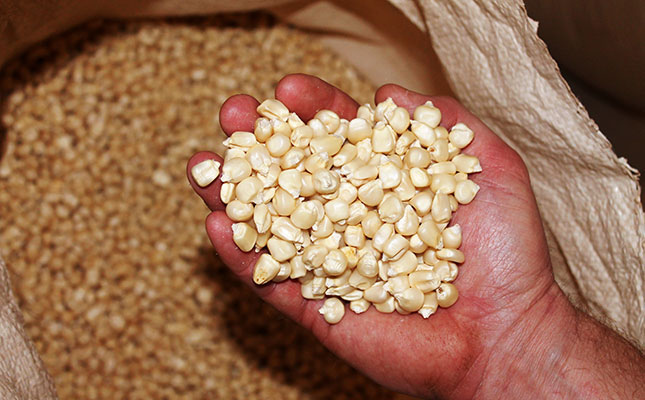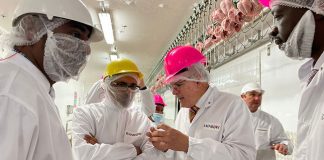
Photo: Lloyd Phillips
The Crop Estimates Committee’s (CEC) sixth report for South Africa’s 2018/2019 summer season grain and oilseed production is a mixed bag, with maize and sunflower seed figures rising, and those of soya bean and sorghum decreasing.
READ The nitrogen replacement value of soya bean
The CEC’s forecast showed a 0,42% increase in maize and a 7,28% increase in sunflower seed yields from the fifth estimate, while its latest figures for soya bean, groundnut, sorghum and dry bean yields were revised down by 3,79%, 8,26%, 4,65% and 0,26% respectively.
The report revealed a 1,53% increase in the white maize crop to 5,57 million tons, and a decrease of 0,7% in the yellow maize crop to 5,41 million tons. This resulted in an increase in the total maize estimate to 10,98 million tons.
This figure was just over 12% smaller than 2018’s final harvest of 12,51 million tons.
READ New Harvest winner: from farmworker to farm owner
The expected sunflower seed crop was revised up to 655 640t from the previous estimate of 611 140t.
In contrast, the soya bean crop was revised down from 1,22 million tons to 1,17 million tons, groundnuts were revised down from 20 580t to 18 880t, sorghum was reduced from 161 450t to 153 950t, and dry beans were from 66 530t to 66 355t.
The CEC also revised its expected average per-hectare yields to 4,29t/ha for white maize (1,3 million hectares planted), 5,4t/ha for yellow maize (one million hectares planted), 1,27t/ha for sunflower seed (515 350ha planted), 1,6t/ha for soya bean (730 500ha planted), 0,94t/ha for groundnuts (20 050ha planted), 3,05t/ha for sorghum (50 500ha planted), and 1,12t/ha for dry beans (59 300ha planted).
READ Stolen maize costs Free State farmers millions
Commenting on the impact of the CEC’s latest figures, Paul Makube, senior agricultural economist with FNB Business, said that carryover stocks of key grains and oilseeds from the 2017/2018 summer harvests would help moderate local consumer and animal feed prices for the remainder of the year.
“However, if there aren’t good early rains during plantings for the 2019/2020 summer crops, there could be a big problem, because carryover stocks from the current season are expected to be minimal. It would mean we’d have to import more summer grains and oilseeds, such as maize and soya bean, next year, and this would contribute to increased local prices for both human and animal consumption,” he said.
Makube added that large consumers of animal feed could opt to soften the risk of these possible higher summer grains and oilseed prices next year by forward-procuring part of their requirements at potentially more favourable prices.











